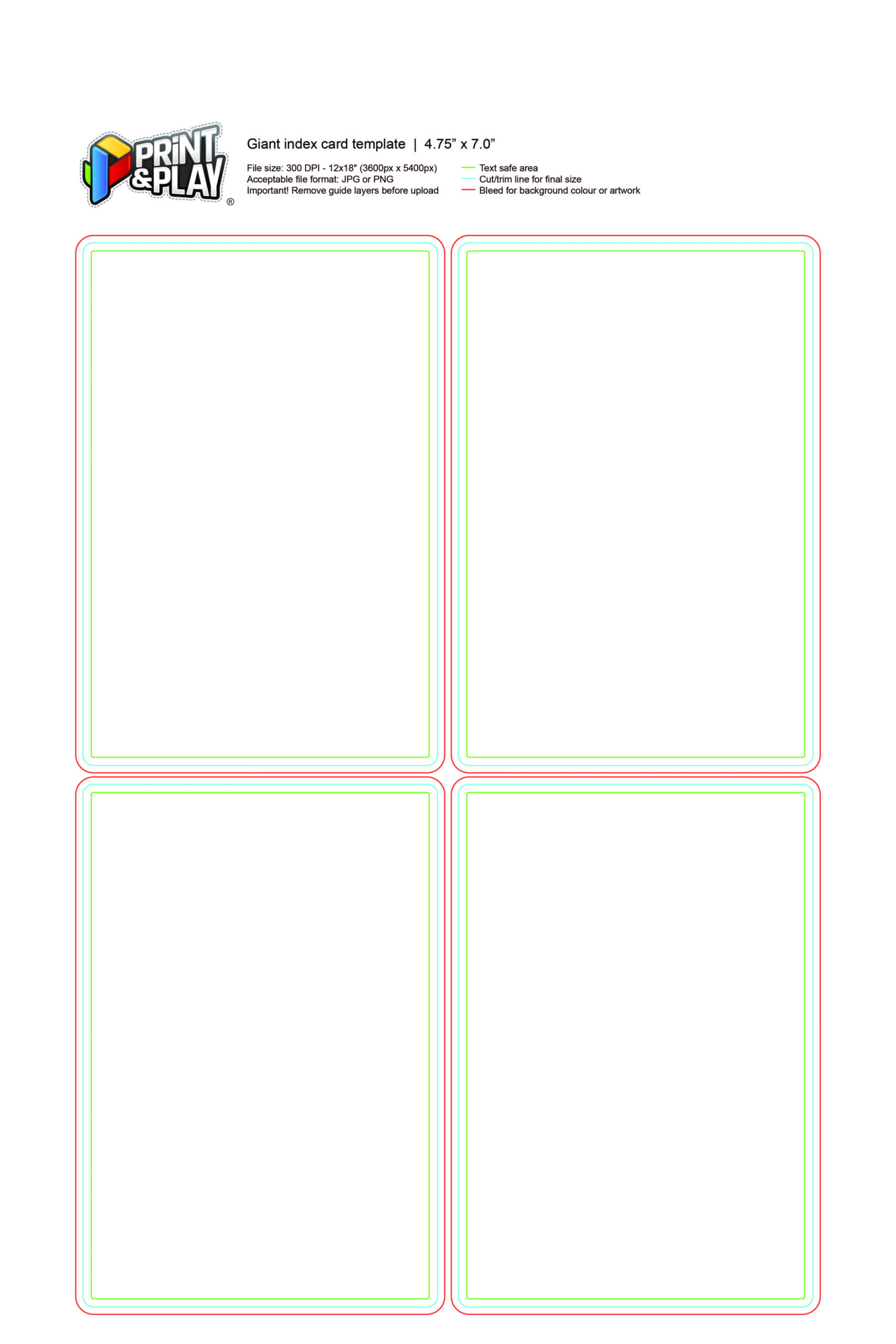A Comprehensive Guide
A playing Card design template is a foundational blueprint that outlines the visual elements of a deck of playing cards. It serves as a guide for designers and printers, ensuring consistency and quality throughout the production process. When creating a professional playing card design template, certain design elements are crucial to convey professionalism and trust.

Card Size and Dimensions
The standard size for playing cards is 2.5 inches by 3.5 inches. Adhering to this standard ensures compatibility with most card games and card holders. While there is room for slight variations, maintaining consistency is essential for a professional appearance.
Card Stock and Finish
The choice of card stock significantly impacts the overall feel and durability of the cards. High-quality card stock, such as linen-finish or casino grade, provides a premium feel and resistance to wear and tear. The finish can also enhance the visual appeal, with options like matte, glossy, or embossed finishes.
Color Palette
A carefully selected color palette is essential for creating a visually appealing and memorable deck of cards. Consider the target audience and the theme of the deck when choosing colors. Classic color palettes, such as red and black for traditional playing cards or earth tones for nature-inspired decks, can convey professionalism and sophistication.
Typography
The typography used for the card numbers, suits, and any additional text should be clear, legible, and consistent with the overall design aesthetic. Sans-serif fonts are often preferred for their clean lines and modern appearance. Ensure that the font size is appropriate for the card dimensions and that the characters are well-spaced.
Suit Symbols
The design of the suit symbols is a critical element in playing card design. Traditional suit symbols, such as hearts, diamonds, clubs, and spades, are universally recognized. However, you can also explore creative interpretations of these symbols or design entirely new ones. The key is to ensure that the symbols are visually distinct and easily recognizable.
Back Design
The back design of the cards can add a unique touch and contribute to the overall aesthetic. Consider using a pattern, texture, or image that complements the theme of the deck. The back design should be visually appealing and easily distinguishable from the front.
Borders and Corners
Borders and corners can add a finishing touch to the card design. They can help to define the playing area and create a sense of balance. Choose border styles and colors that are consistent with the overall design aesthetic.
Custom Elements
Consider incorporating custom elements into your playing card design to make it truly unique. This could include personalized branding, custom illustrations, or special features like foil stamping or embossing. However, ensure that these custom elements enhance the overall design and do not detract from its professionalism.
Proofreading and Quality Control
Before finalizing your playing card design template, carefully proofread all text and ensure that the design elements are accurate and consistent. Consider hiring a professional proofreader or using proofreading software to catch any errors. Additionally, request a physical proof to verify the quality of the printing and ensure that the colors and textures are as intended.
By carefully considering these design elements and following best practices, you can create a professional playing card design template that will impress your target audience and stand out in the market.